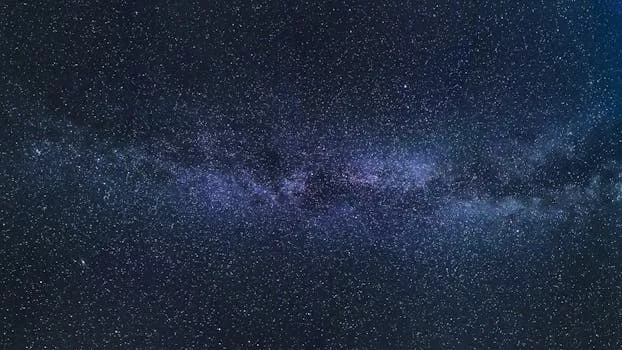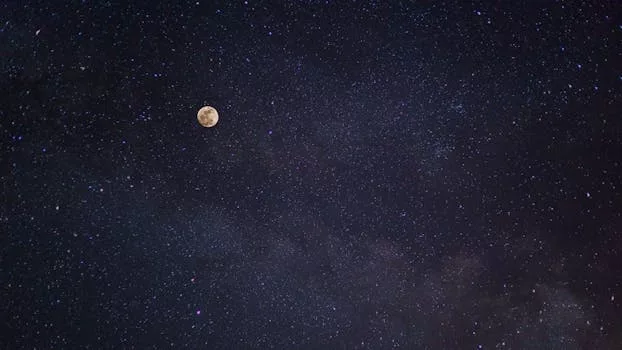
“
From Stardust to Dreams: Imagining Life Beyond the Stars
From Stardust to Dreams: Imagining Life Beyond the Stars. The universe has always been a source of fascination for humans. The stars that twinkle in the night sky have captivated our imagination, inspiring us to wonder about the possibility of life beyond our planet. As we continue to explore the mysteries of the universe, we are drawn to the idea that we are not alone in the vast expanse of space. For more on this theme, check out Soaring Through the Cosmos: The Power of Imagination Beyond the Stars.
Introduction to the Cosmos
The universe is estimated to be around 13.8 billion years old, and it is still expanding. The cosmos is made up of billions of galaxies, each containing billions of stars. Our own galaxy, the Milky Way, is just one of these, and it is home to a diverse range of celestial objects, including planets, moons, asteroids, and comets. The possibility of life existing on other planets or moons in our galaxy or beyond is a topic of ongoing research and debate. For insights on the creative aspects of the cosmos, explore Cosmic Creativity: How Imagination Soars Beyond the Constellations.
The Search for Life Beyond Earth
Astronomers and astrobiologists are actively searching for signs of life beyond Earth. This search involves looking for planets that are located in the habitable zones of their respective stars, where conditions are suitable for life as we know it. The habitable zone is the region around a star where temperatures are just right for liquid water to exist on a planet’s surface. Liquid water is essential for life, and its presence is a key factor in the search for life beyond Earth. For more on this quest, you can read about Galaxies of Dreams: How Imagination Transcends the Night Sky.
Exoplanets and the Possibility of Life
Exoplanets are planets that orbit stars other than the Sun. Thousands of exoplanets have been discovered so far, and many of these are believed to be located in the habitable zones of their stars. Some of these exoplanets are similar in size to Earth and are thought to have conditions that could support life. The discovery of exoplanets has opened up new avenues for the search for life beyond Earth and has raised hopes that we may one day find evidence of life elsewhere in the universe.
Takeaways
- The universe is vast and still mostly unexplored, with billions of galaxies and stars waiting to be discovered.
- The search for life beyond Earth is an ongoing and fascinating area of research.
- Exoplanets offer a promising avenue for the search for life, with many believed to be located in the habitable zones of their stars.
- The discovery of life beyond Earth would be a groundbreaking finding, challenging our current understanding of the universe and our place within it.






